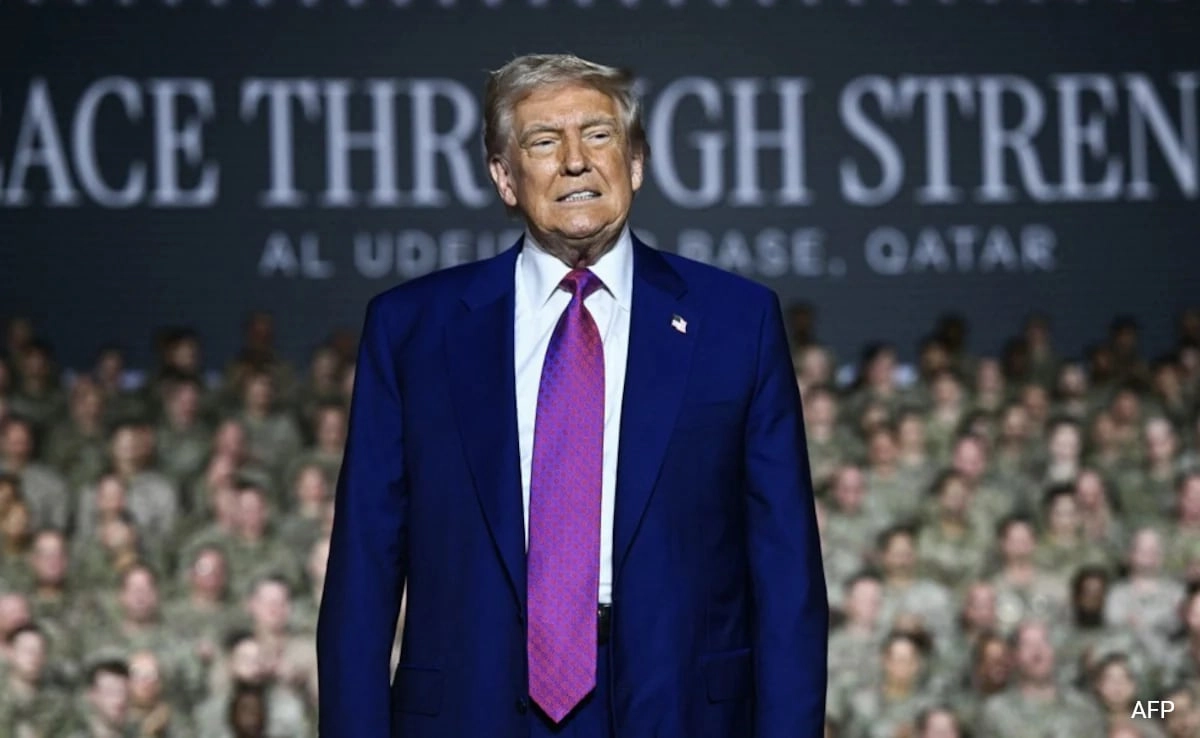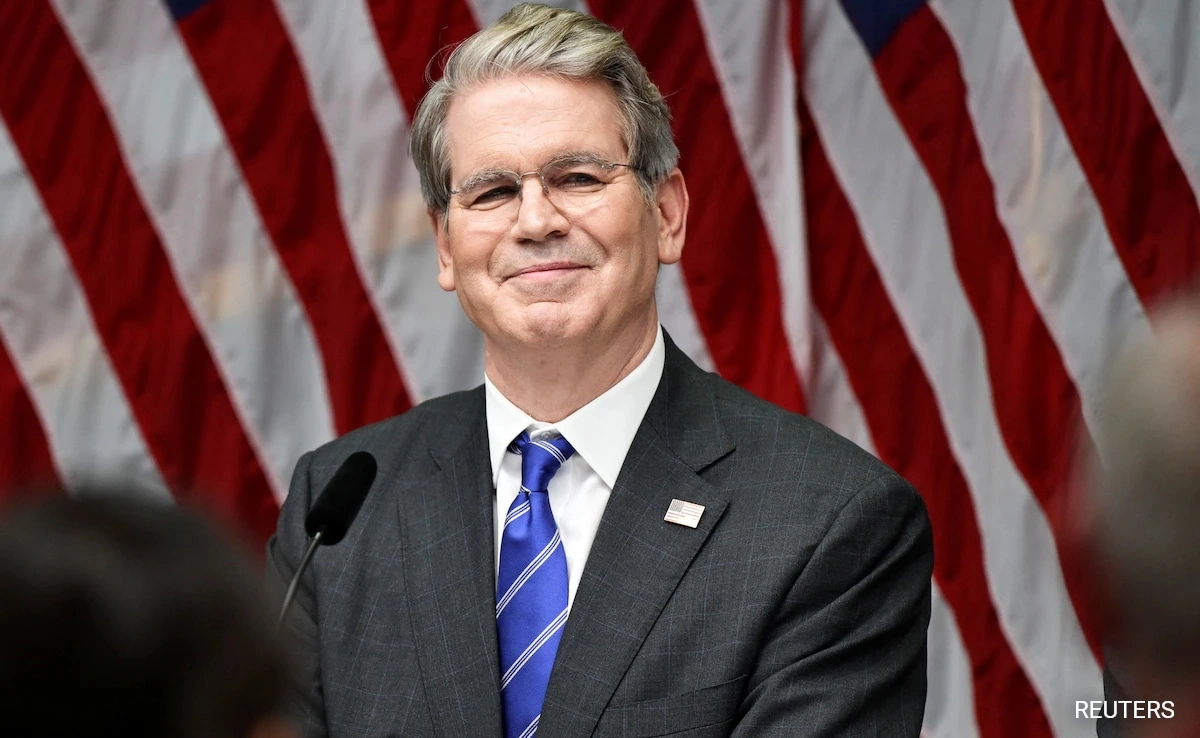Donald Trump’s “One Big Beautiful Bill” represents a comprehensive legislative proposal that aims to encapsulate several key aspects of his political agenda. This bill is designed to address a variety of issues, including infrastructure, healthcare, tax reform, and immigration, all in a singular, cohesive package. The essence of this initiative is to streamline the legislative process by combining multiple priorities into one significant piece of legislation, thereby potentially expediting congressional approval and reducing the chances of partisan gridlock.
At the core of the bill is a substantial investment in infrastructure, which has long been a cornerstone of Trump’s platform. The proposal outlines plans for repairing and upgrading roads, bridges, and airports, highlighting the need for modernization to stimulate economic growth and create jobs. This infrastructure push is coupled with tax reforms aimed at incentivizing both individual savings and corporate investment, fostering a more robust economic environment. The bill proposes significant tax cuts to stimulate consumer spending and encourage businesses to reinvest in the economy, positioning it as a means to invigorate the American workforce.
Healthcare is another critical component of the “One Big Beautiful Bill.” Trump aims to address rising healthcare costs and expand access to quality care, seeking to repeal and replace existing healthcare policies with a system that prioritizes choice and competition. This reflects his ongoing commitment to reforming the healthcare landscape, which he believes will lead to better outcomes for American families. Additionally, the bill includes provisions for immigration reform, emphasizing border security and the need for a legal immigration system that supports economic growth while maintaining national security.
Overall, Trump’s “One Big Beautiful Bill” is ambitious in its scope, seeking to unify various aspects of his administration’s agenda into a single, impactful legislative effort. By addressing infrastructure, tax reform, healthcare, and immigration in one package, the bill aims to resonate with a wide range of constituents, potentially garnering broader support. However, the challenge lies in navigating the complexities of Congress, where differing priorities and partisan divisions could complicate the bill’s passage. As this legislative effort unfolds, it will be crucial to watch how these various elements are received by lawmakers and the public alike, and whether the vision of a “big beautiful” solution can be realized in practice.




